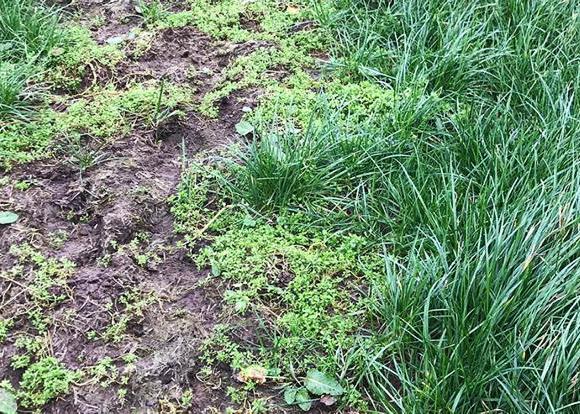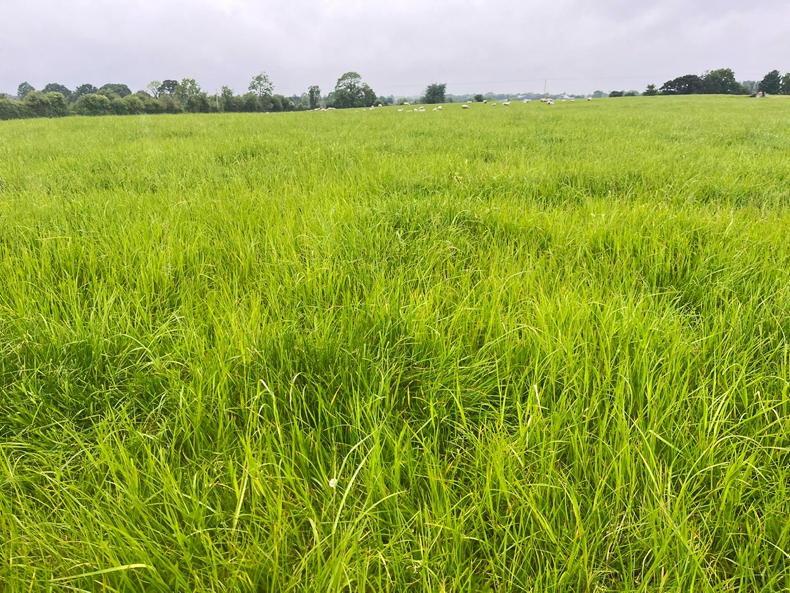Growth rates over the weekend have continued to rise and as a result grass supply around the country is recovering well. However pre grazing covers are still on the low side. The jump in growth after the rain has meant a lot of paddocks are coming back at the same stage creating a very flat wedge in a lot of cases. Be careful of going through these light covers too fast and running down the average farm cover.
If you are behind on autumn targets divide the farm into a 25-day rotation and only graze the allowed area each day, fill the gap with supplement feed in the form of concentrates and silage. An example of this would be on a 100 acre farm divided over 25 days you will graze 4 acres per day.
Farms ahead of target need to remove surplus grass as soon as possible in order to have grass coming back on these paddocks as the rotation length is extended to 35 days by mid-September. The average farm cover (AFC) should not exceed 1,000kg DM/ha before 1 September on farms stocked above 3LU/ha. For farms stocked at 2.5 LU/ha or lower 750kg DM/ha is the target AFC on 1 September.
Grazing infrastructure
While things are relatively quiet on farm it is a good opportunity to assess what additional grazing infrastructure could help to increase days at grass. The beauty of these changes are they will also help getting cows out to grass earlier next spring.
Temporary fencing
Check all reals and tapes are working and make sure there are enough temporary posts. The use of a temporary fence is important in the shoulders of the year to avoid heavy covers over 1,500kg DM/ha being trampled. Back fencing also minimises the number of times cows travel over the same ground particularly when conditions are wet.
Paddock entrances
The more access to paddocks the better. A minimum of two is advised to reduce the number of times cows go in and out the same gap. Some farmers have started to leave gaps between each fence post along the roadway which gives great flexibility when allocating grass and getting cows in and out of the paddock.
Spur roadways
Temporary spur roadways can be set up using a tape and temporary posts in wet weather to minimise damage. In paddocks that are long and narrow (more than 250m from the roadway to the back of the paddock) you may need to consider a permanent spur roadway.
Water
Ensuring cows have adequate access to water is very important. When deciding on where to put troughs you must keep in mind how the paddock will be split for grazing during the shoulders of the year. Ideally there should be access to water in the front third and back third of the paddock.












SHARING OPTIONS